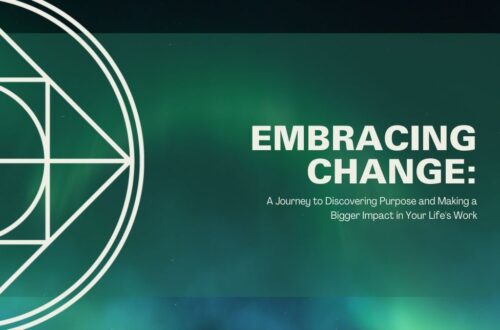Introduction
Within the context of our relationships, our core wounding plays a pivotal role in shaping the quality of our interactions and connections with others.
Core wounding refers to the deep-seated emotional scars and vulnerabilities that originate from past experiences, often rooted in childhood.
Understanding how these wounds manifest and influence our relationships is crucial for fostering genuine connections and embarking on a journey of emotional healing.
Our early life experiences lay the foundation for our emotional landscape, shaping the lens through which we view ourselves and others. Core wounding typically stems from significant events or patterns of behavior during childhood, such as neglect, abandonment, or trauma. These experiences imprint lasting emotional imbalances that can unconsciously influence our adult relationships.
Impact on Self-Perception
Core wounding leaves an indelible mark on our self-perception. Individuals who have experienced rejection or emotional neglect may develop a deep-seated belief that they are unworthy of love and validation. This negative self-perception can manifest as insecurities, self-doubt, and an incessant need for external validation within relationships.
The Dance of Triggers
Unhealed core wounds often act as emotional landmines, triggering intense reactions in the present moment that are disproportionate to the current situation. These triggers can lead to conflict, misunderstandings, and an emotional distancing within relationships. Awareness of one’s triggers and open communication with a partner become essential tools for navigating the intricate dance of emotions.
Repetition of Patterns
Without conscious effort and intentional healing, individuals may unconsciously repeat patterns of behavior learned from their early experiences. This repetition can manifest in the choice of partners who recreate familiar dynamics, perpetuating a cycle of dysfunction. Recognizing these patterns is a crucial step toward breaking the cycle and fostering healthier relationships.
Vulnerability and Intimacy
Core wounding can create barriers to vulnerability and intimacy. Fear of being hurt or rejected may lead individuals to build emotional walls, preventing them from fully opening up to their partners. Developing trust and a sense of emotional safety is paramount for overcoming these barriers and allowing for genuine intimacy to flourish.
The Role of Compassion
Understanding the impact of core wounding in ourselves and our partners requires a compassionate approach. Compassion opens the door to empathy, creating a space where both individuals can acknowledge and support each other’s healing journey. By fostering a compassionate connection, partners can work together to break the chains of past wounds and build a foundation of strength and resilience.
Conclusion
In the intricate tapestry of relationships, the impact of core wounding is undeniable. Acknowledging and addressing these deep-seated emotional scars is essential for fostering healthy connections and creating a space where healing can flourish. By navigating the complexities of core wounding with awareness, compassion, and intentional effort, individuals can transform their relationships into a source of growth, support, and enduring love.





